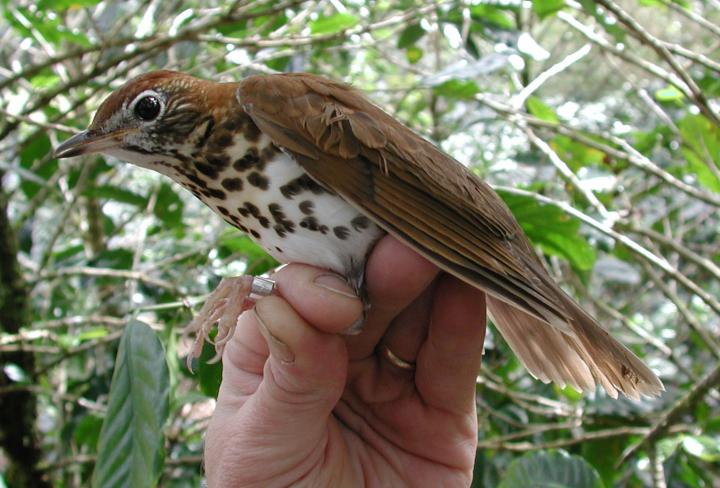
Thriving bird populations adapt better to new climate conditions
Thriving bird populations adapt better to new climate conditions. A new study of population trends among 46 ecologically diverse bird species in North America conducted by avian ecologist Joel Ralston and colleagues at the University of Massachusetts Amherst overturns a long-held assumption that the climate conditions occupied by a species do not change over time.
Instead, as the researchers report in the current early online issue of Global Ecology and Biogeography, birds that have increased in abundance over the last 30 years now occupy a wider range of climate conditions than they did 30 years ago, and declining species are occupying a smaller range of climate conditions than 30 years ago, Ralston says.
Species with relatively stable population trends maintained them. The authors believe this is the first study to investigate the relationship between population trend and the range of climatic conditions occupied, or “climate niche breadth” (CNB).
Ralston, now at Saint Mary’s College, Notre Dame, Indiana, says, “It was previously thought that as species expand their ranges, they would do so while maintaining their climate niche. We show that as species become more abundant, they are actually moving into new climate conditions, and declining species are disappearing from some of the climate conditions they used to be found in. This makes theoretical sense but it counters the long-held assumption that climate niche breadth doesn’t change in species.”
He explains, “While this is an advancement of ecological theory, I think overturning this assumption is one of the important practical applications of our work. Currently, when conservation biologists make predictions about how species will respond to climate change in order to make decisions about what habitats to protect, they are assuming that these species in the future will be occupying the same conditions as today. We show that that isn’t necessarily true. These future models might over-predict the conditions declining species will be found in.”
For this study, the researchers estimated changes in “realized climate niche breadth” and population distribution for 30 years, between 1980 and 2012, for 46 bird species using data from the North American Breeding Bird Survey (BBS) and standard ecological niche modeling techniques. For the BBS, which covers most of the United States, Alaska and some of the Canadian maritime provinces, trained volunteers record species during the breeding season.
For example, the wood thrush is a declining species and one that some conservation biologists are concerned about, Ralston notes. The BBS trend shows a 2 percent per year decline in their numbers. Ralston and colleagues found that this species also showed about a 7.5 percent decrease in its climate niche breadth over the study period. “For those species declining in abundance, we find them also declining in climate niche breadth,” they note.
They observed a similar but more severe situation of 43 percent decline in climate niche breadth for grasshopper sparrows, another species of conservation concern. “For conservation managers, this gives us an idea of what to protect in the future. As we show, the conditions a species occupies now might not be the places it occupies in the future. We’d be better informed if we can try to include population trend and its effect on climate niche breadth when planning what habitat to protect,” Ralston adds.
Statistical analysis showed that 44.2 percent of the variation in change in niche breadth can be explained by population trend and that roughly half of this was independent of changes in distribution.
Ralston says, “If we build models to predict species distributions in the future, it is not fair to assume species will be occupying the same climate conditions as they are now, especially if they are increasing or decreasing in abundance. We hope these results will contribute to the development of more accurate models of species distributions.”













